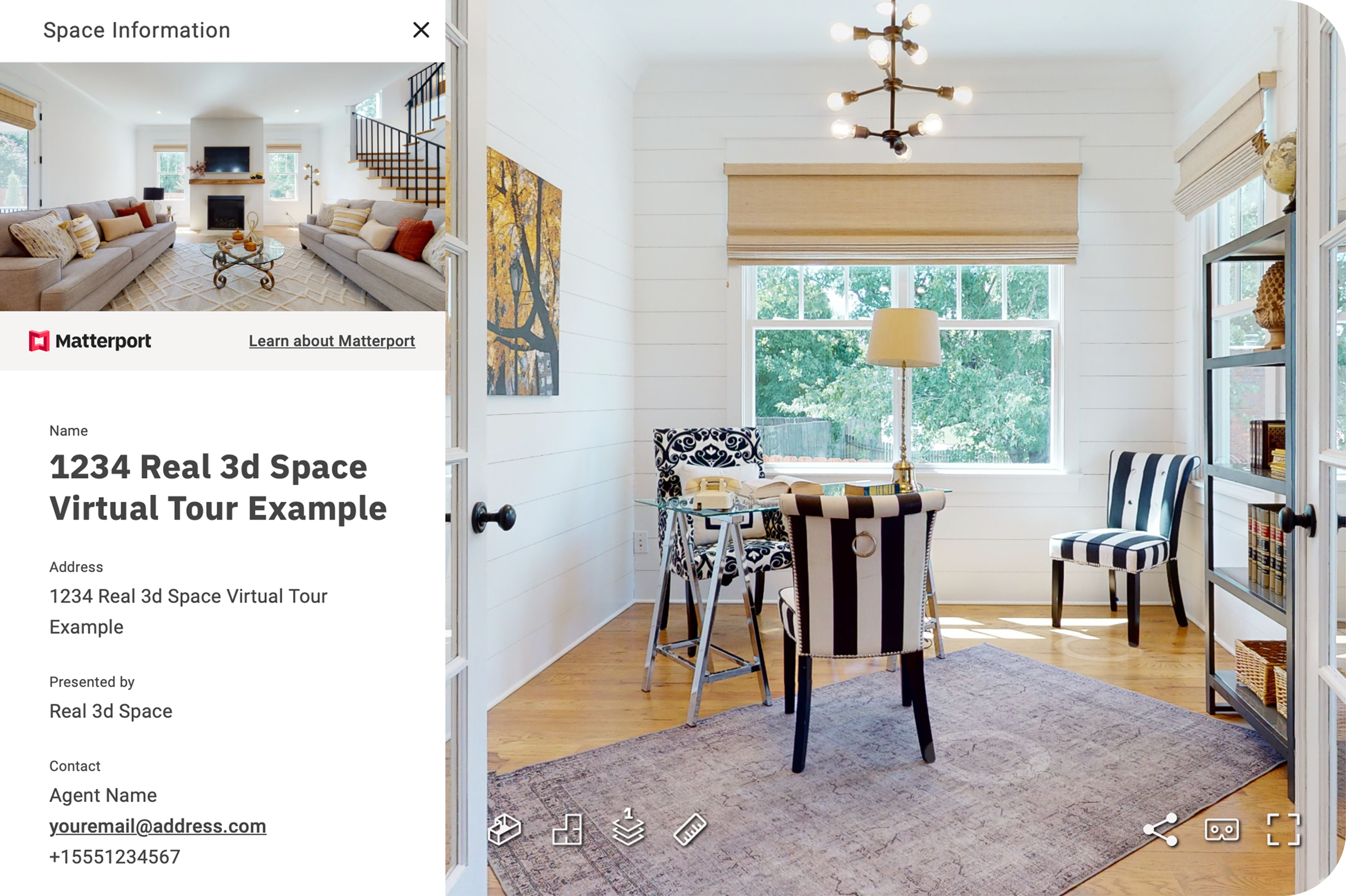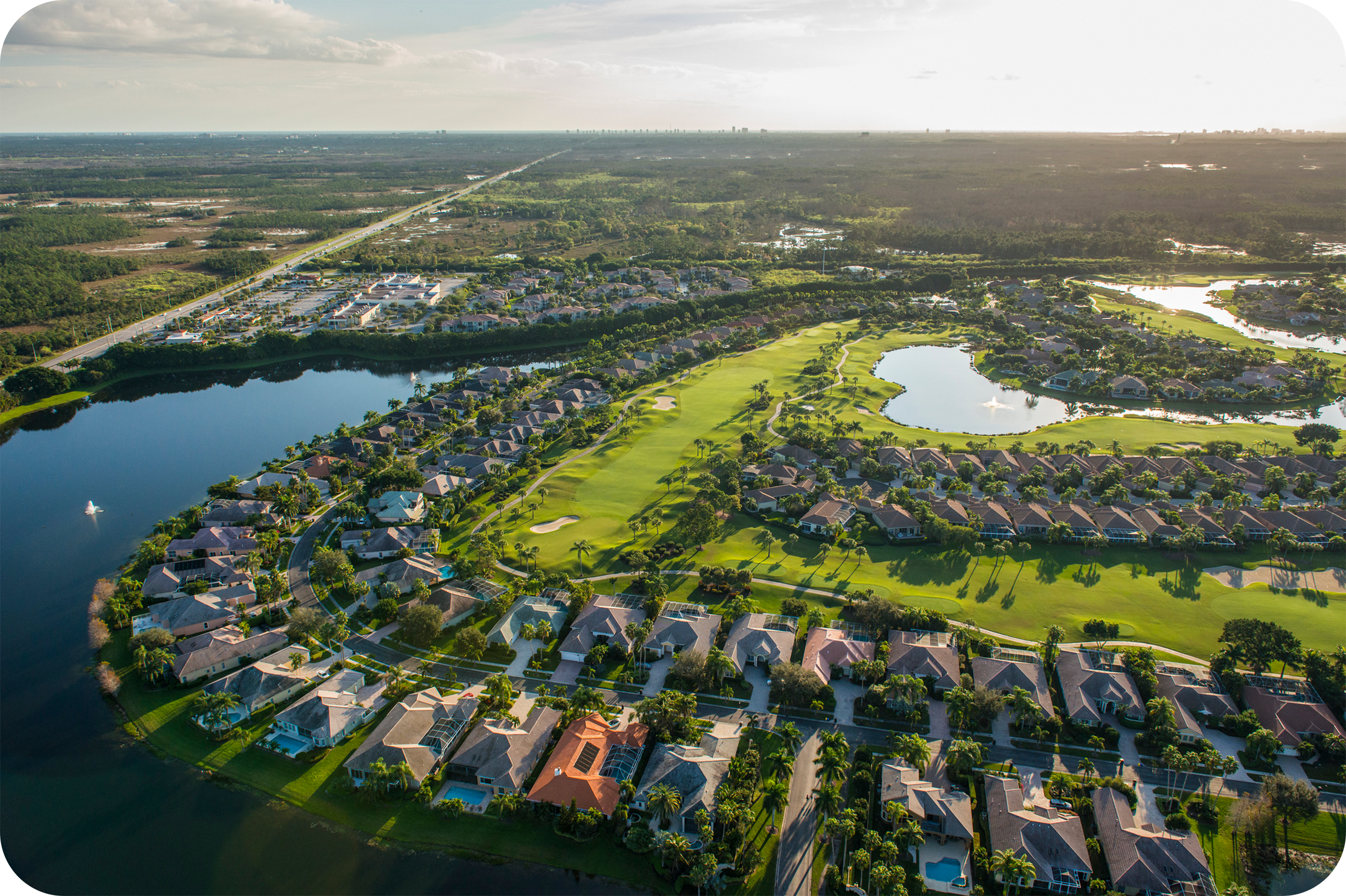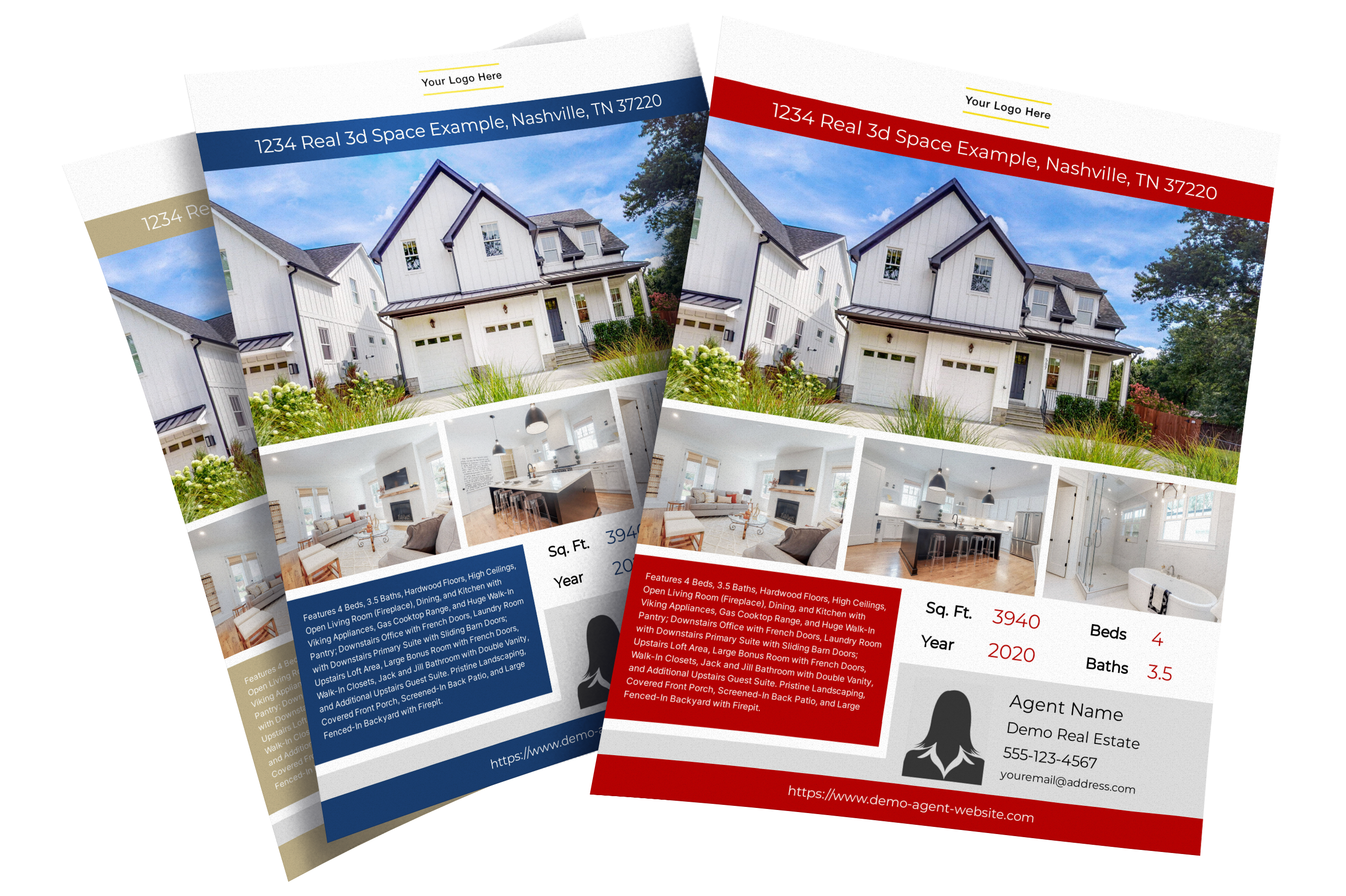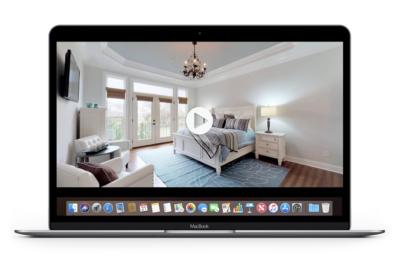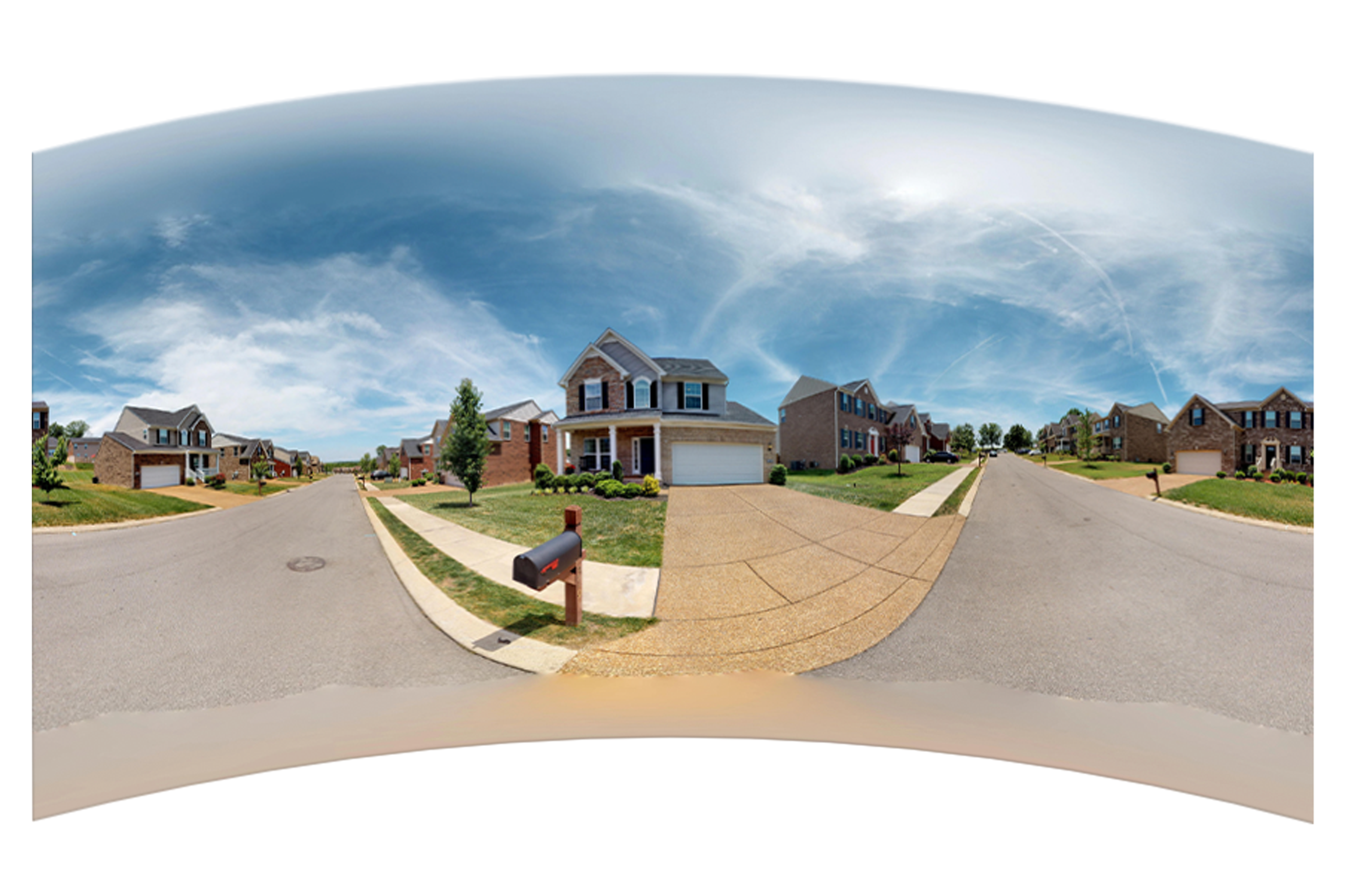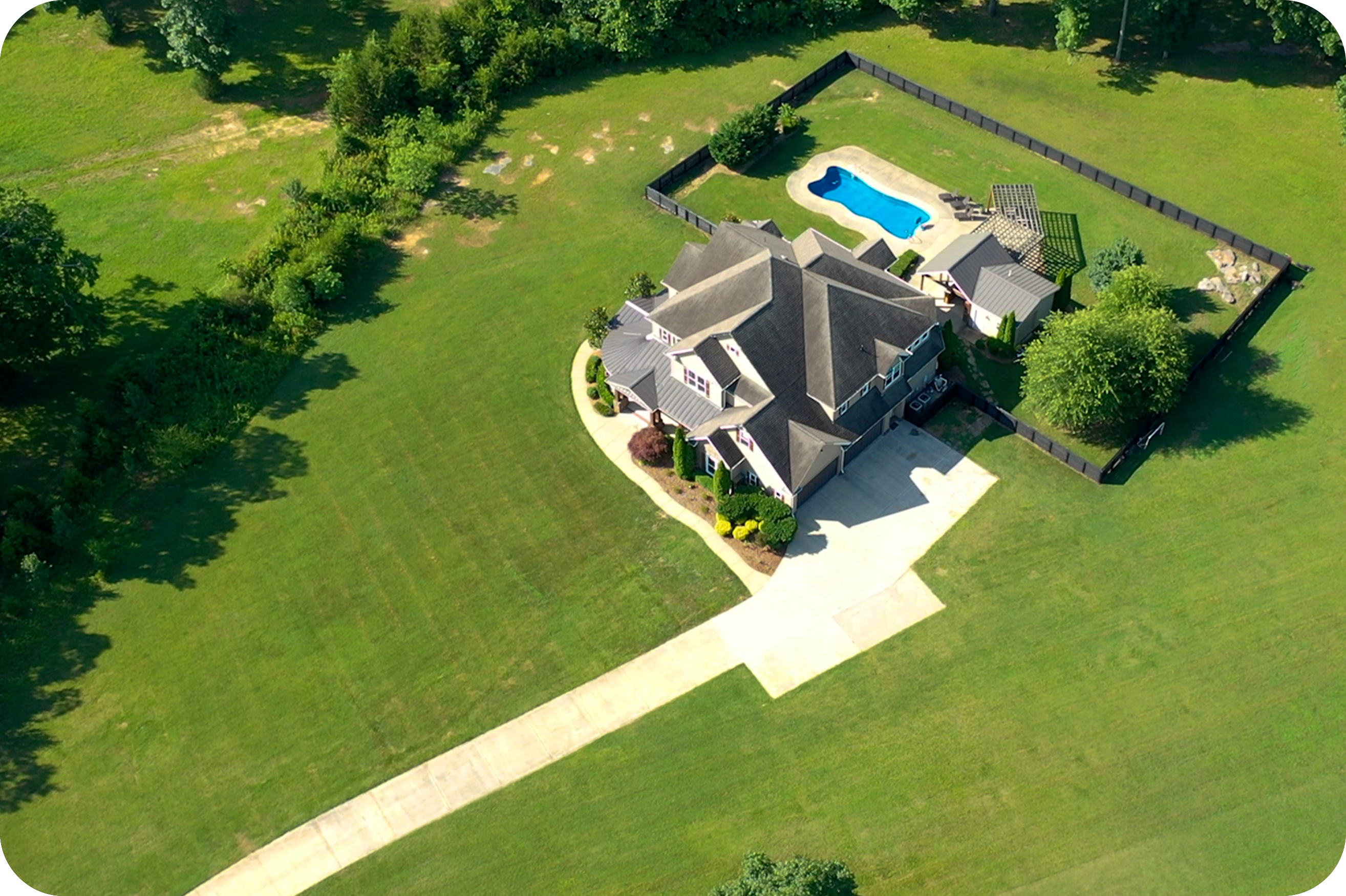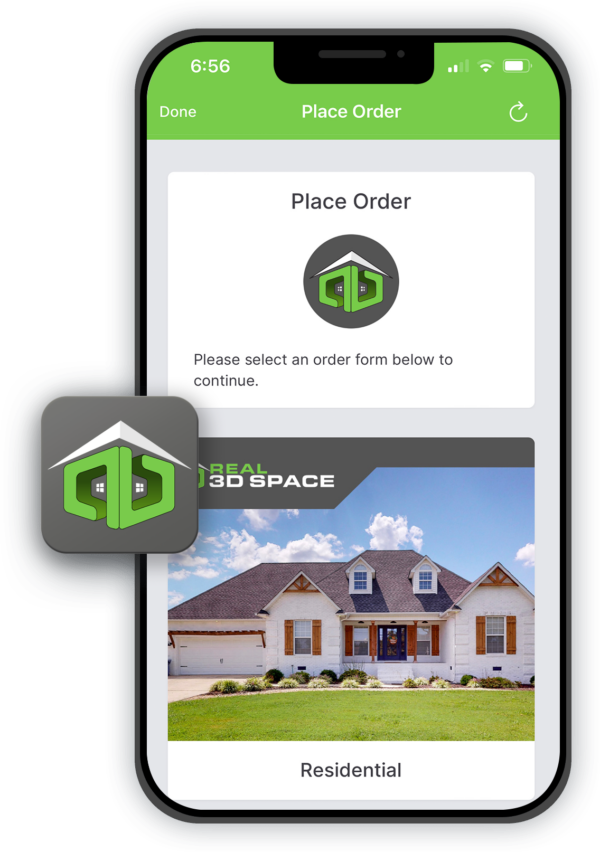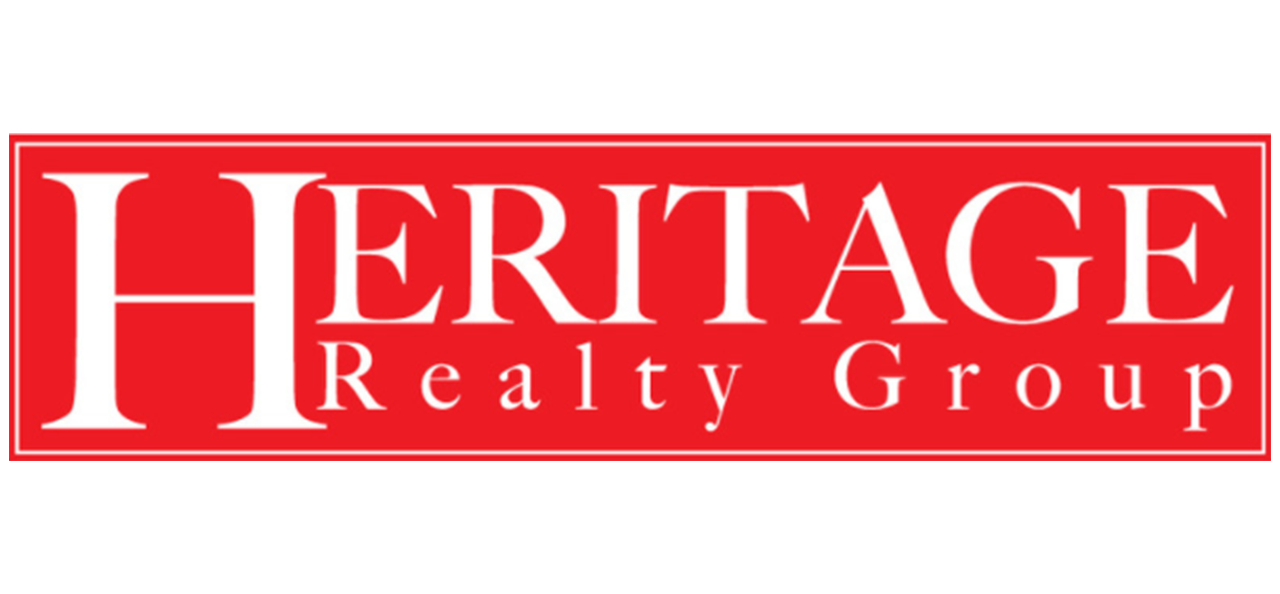Marketing Your Real Estate Listing with MLS Photos
In today’s competitive real estate market, having standout MLS photos is crucial to attracting potential buyers and ensuring that your property sells quickly and at a desirable price. High-quality photos can significantly enhance the appeal of your listing, making it more engaging and compelling for potential buyers. This comprehensive guide will explore the importance of MLS photos, best practices for optimizing them, and the latest trends and tools to ensure your real estate listings stand out.
What is the Importance of MLS Photos in Real Estate Marketing?
MLS photos play a pivotal role in real estate marketing. They are often the first point of contact between a potential buyer and a property. High-quality photos can create a strong emotional connection, encouraging buyers to explore the listing further and schedule a viewing.
Key Reasons Why MLS Photos are Important:
- First Impressions: In real estate, first impressions are everything. Quality photos can make a property stand out among numerous listings, capturing the interest of potential buyers instantly.
- Engagement: Engaging photos encourage viewers to spend more time on the listing, increasing the likelihood of them contacting the agent for more information.
- Accurate Representation: Photos provide a visual representation of the property, helping buyers to visualize themselves living there. This can significantly influence their decision-making process.
Why are MLS Photos Crucial for Marketing Real Estate Listings?
MLS photos are crucial because they serve as a primary marketing tool in real estate listings. They help in showcasing the property’s features and unique selling points, making it easier for buyers to understand what makes the property special.
Benefits of High-Quality MLS Photos:
- Increased Views: Listings with high-quality photos receive more views and clicks compared to those with poor-quality images.
- Higher Offers: Professional photos can lead to higher offers as they highlight the property’s best features, making it more appealing to potential buyers.
- Faster Sales: Properties with quality photos tend to sell faster because they attract more interest and generate more showings.
How Do MLS Photos Impact Buyer Interest in a Property?
MLS photos have a profound impact on buyer interest. Buyers often form opinions about a property based solely on the photos they see online. Therefore, the quality and composition of these photos can significantly influence their interest level.
Ways MLS Photos Affect Buyer Interest:
- Emotional Appeal: Good photos create an emotional connection, making buyers more likely to consider the property.
- Detail and Clarity: High-resolution photos allow buyers to see details clearly, making them feel more confident about the property’s condition.
- Professionalism: Listings with professional photos convey a sense of professionalism and care, reflecting well on the real estate agent and the property.
What are the Requirements for MLS Photos?
To ensure consistency and quality, MLS platforms have specific requirements for photos. These requirements include guidelines on resolution, file format, and content.
Common MLS Photo Requirements:
- Resolution: Photos typically need to be at least 1024 x 768 pixels to ensure clarity and detail.
- File Format: JPEG and PNG are the most commonly accepted formats.
- Size: File sizes should generally be under 5 MB to ensure quick loading times.
- Content: Photos must accurately represent the property without any misleading alterations.
How to Optimize Your MLS Photos for Maximum Impact?
Optimizing MLS photos involves several steps to make sure they are visually appealing and comply with MLS guidelines. Here are some tips to optimize your MLS photos:
Steps to Optimize MLS Photos:
- Use Natural Light: Shoot photos during the day using natural light to make rooms appear bright and inviting.
- Stage the Property: Arrange furniture and decor to highlight the space and make it look more appealing.
- Focus on Key Features: Capture the most attractive aspects of the property, such as updated kitchens, spacious living areas, and outdoor spaces.
- Edit Appropriately: Use photo editing software to enhance images without overdoing it. Adjust brightness, contrast, and color balance for the best effect.
What are the Size Requirements for MLS Listing Photos?
Size requirements for MLS listing photos vary by platform, but there are common standards that most MLS systems follow.
Common Size Requirements:
- Resolution: Photos should be at least 1024 x 768 pixels.
- File Size: Typically, the maximum file size is around 5 MB.
- Aspect Ratio: Maintain a consistent aspect ratio, such as 4:3 or 16:9, to ensure photos display correctly.
How Can Professional Photography Enhance Your MLS Listing?
Professional photography can dramatically enhance your MLS listing by providing high-quality images that attract buyers. Here’s how professional photography makes a difference:
Benefits of Professional Photography:
- Expertise: Professional photographers understand how to capture the best angles, lighting, and composition to highlight the property’s features.
- High-Quality Equipment: Professionals use advanced cameras and lenses that produce sharp, clear images with accurate colors.
- Editing Skills: Professional photographers have the skills to edit photos appropriately, enhancing their appeal while maintaining realism.
What are the Rules and Guidelines for Editing MLS Listing Photos?
Editing MLS listing photos is essential, but it must be done within certain guidelines to ensure accuracy and fairness. Key rules include:
Editing Guidelines:
- No Misleading Edits: Edits should enhance the photo without altering the reality of the property. For example, you can adjust lighting and colors, but you shouldn’t remove structural flaws.
- Accuracy: The edited photos must provide an accurate representation of the property. Over-editing can lead to disappointment during in-person visits.
- Consistency: Maintain a consistent editing style across all photos to provide a uniform look and feel to the listing.
Enhancing Your Real Estate Listing with Virtual Staging and Digital Tools
Virtual staging involves digitally adding furniture and decor to photos of empty rooms. This technique can make a significant impact on how buyers perceive a property.
Benefits of Virtual Staging:
- Visualization: Virtual staging helps buyers visualize how the space can be used, making it easier for them to see themselves living there.
- Cost-Effective: It is often more affordable than physical staging and allows for multiple design options.
- Flexibility: Digital tools enable you to quickly update the staging to match current trends or appeal to different buyer demographics.
What is Virtual Staging and How Can It Benefit Your Listing?
Virtual staging is the process of using digital tools to furnish and decorate a vacant property. Benefits include:
Advantages of Virtual Staging:
- Enhanced Appeal: Virtually staged photos are more attractive than empty rooms, making the listing more appealing.
- Cost Savings: Virtual staging is generally cheaper than traditional staging and eliminates the need for physical furniture.
- Flexibility: Virtual staging allows for easy adjustments and updates to the decor, ensuring that the listing stays fresh and relevant.
Why is Digital Editing Essential for Creating Appealing MLS Photos?
Digital editing is crucial for creating appealing MLS photos because it helps enhance the quality and attractiveness of the images.
Benefits of Digital Editing:
- Brightness and Contrast: Adjusting brightness and contrast can make photos look more inviting and highlight key features.
- Color Correction: Ensuring accurate colors can make the property look more vibrant and realistic.
- Removing Imperfections: Editing can remove minor imperfections like shadows or reflections, making the photos look cleaner and more professional.
How to Upload and Format Your Photos on MLS Platforms?
Uploading and formatting photos on MLS platforms involves several steps to ensure they display correctly and comply with MLS requirements.
Steps for Uploading and Formatting Photos:
- Check Requirements: Before uploading, check the MLS platform’s requirements for photo size, format, and resolution.
- File Naming: Use a consistent file naming convention to keep track of your photos and ensure they are organized correctly.
- Upload Process: Follow the platform’s upload process, usually involving selecting files and adding them to the listing. Ensure all photos are properly oriented and labeled.
- Review and Edit: After uploading, review the photos to ensure they display correctly and make any necessary adjustments.
Tips for Ensuring Your MLS Photos Stand Out in a Competitive Market
In a competitive real estate market, it’s essential to make your MLS photos stand out. Here are some tips:
Tips for Standout Photos:
- Professional Photography: Hire a professional photographer to ensure high-quality images.
- Staging: Use staging techniques, whether physical or virtual, to enhance the appeal of the property.
- Editing: Apply subtle edits to improve the quality of the photos without making them look artificial.
- Unique Angles: Capture unique angles and perspectives to highlight the property’s best features.
- Consistency: Maintain a consistent style across all photos to create a cohesive look for the listing.
What Trends Should Real Estate Agents Follow for Impactful Listing Photos?
Staying updated with the latest trends can help real estate agents create impactful listing photos. Current trends include:
Trends to Follow:
- Virtual Tours: Incorporating virtual tours and 360-degree photos can provide a more immersive experience for buyers.
- Drone Photography: Using drones to capture aerial views can highlight the property’s location and surroundings.
- Minimalist Staging: Clean, minimalist staging is popular as it allows buyers to envision their own decor in the space.
- Natural Lighting: Photos taken with natural light tend to look more appealing and are preferred by buyers.
How to Ensure Your Photos Meet the Requirements of the MLS Platform?
Ensuring your photos meet the requirements of the MLS platform involves careful preparation and attention to detail:
Steps to Meet MLS Requirements:
- Review Guidelines: Familiarize yourself with the specific guidelines and requirements of the MLS platform.
- Check Quality: Ensure that all photos are high-resolution and free from distortions or blurriness.
- Compliance: Make sure that the photos accurately represent the property and do not mislead potential buyers.
- Consistent Style: Maintain a consistent style and quality across all photos in the listing.
Why are High-Resolution Photos Important for Online Real Estate Listings?
High-resolution photos are essential for online real estate listings because they provide clear, detailed images that attract and retain buyer interest.
Importance of High-Resolution Photos:
- Clarity: High-resolution photos offer better clarity, allowing buyers to see details clearly.
- Professionalism: High-quality images convey professionalism and care, reflecting well on the property and the agent.
- Engagement: Clear, sharp photos are more engaging and encourage buyers to explore the listing further.
Conclusion
Marketing your real estate listing with high-quality MLS photos is essential in today’s competitive market. By following best practices, utilizing professional photography, and staying updated with current trends, you can ensure that your listing stands out and attracts potential buyers. Remember to optimize your photos, adhere to MLS guidelines, and use digital tools like virtual staging to enhance your property’s appeal. High-resolution, well-composed photos are not just a visual representation of the property; they are a powerful marketing tool that can significantly impact your success in selling real estate.
Summary
- Importance of MLS Photos: High-quality photos are crucial for attracting buyer interest and creating strong first impressions.
- Optimization: Use natural light, stage the property, focus on key features, and edit appropriately.
- Size Requirements: Adhere to resolution, file size, and aspect ratio guidelines.
- Professional Photography: Hire professionals for the best results.
- Editing Guidelines: Enhance photos without misleading buyers.
- Virtual Staging: Use digital tools to furnish and decorate vacant properties.
- Upload and Format: Follow MLS platform requirements for photo uploads.
- Trends: Incorporate virtual tours, drone photography, and natural lighting.
- High-Resolution: Ensure all photos are high-resolution for clarity and engagement.
By leveraging the power of professional MLS photos, real estate agents can enhance their listings, attract more qualified buyers, and stay ahead in the competitive real estate market.
FAQ’s
Smart Scheduling
Simple Booking – Fast Turnaround
Trusted by 3000+ agents
What Real Estate Agents Say About Real 3d Space
And The Real Estate Photography Package Known As The Game Changer

